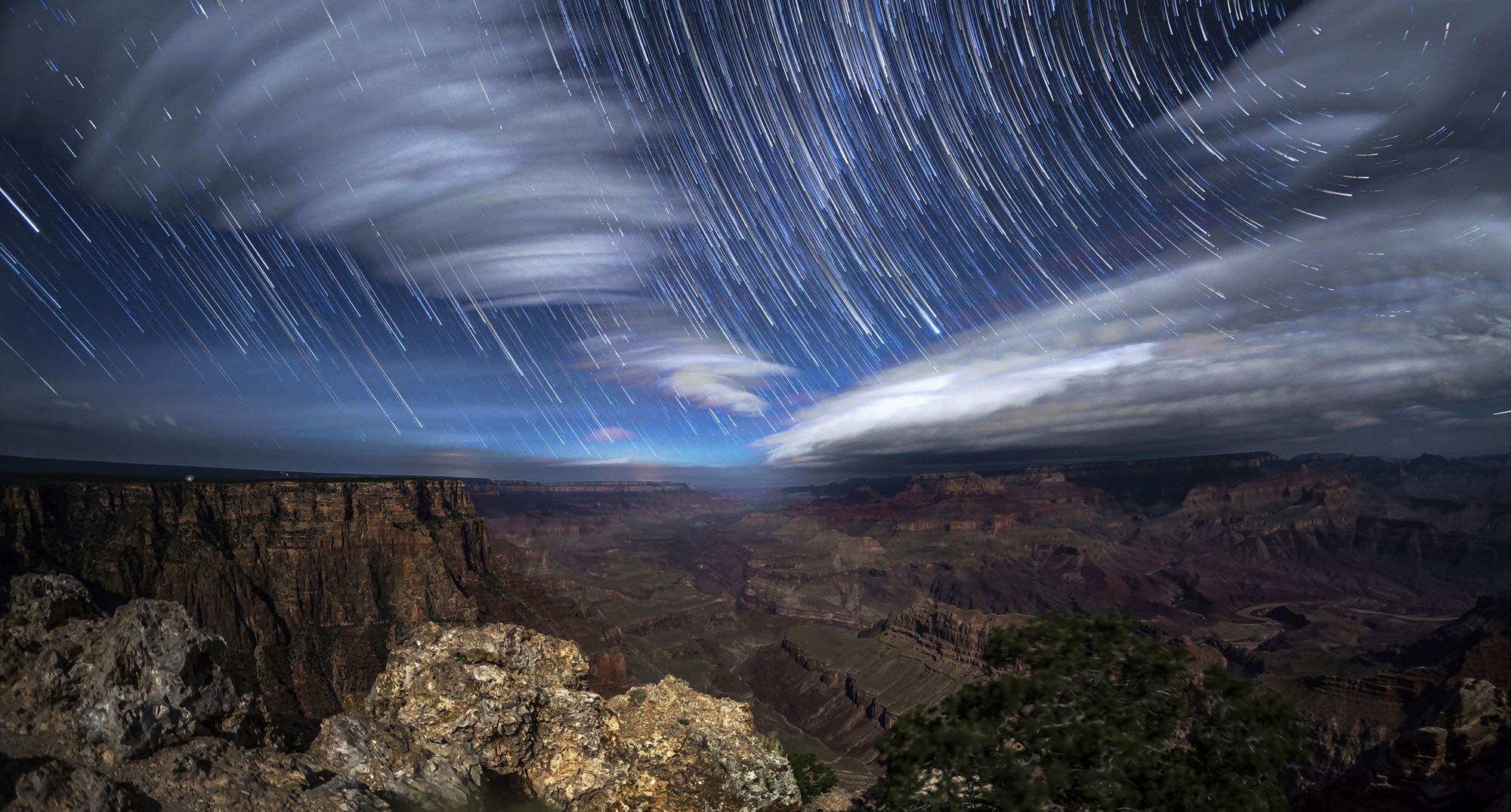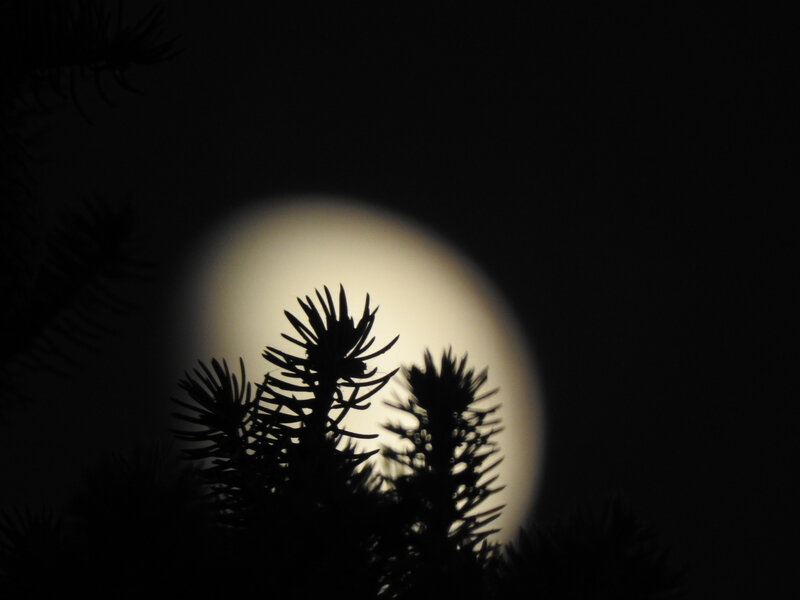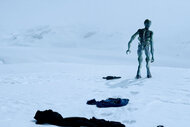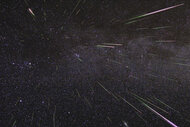Create a free profile to get unlimited access to exclusive videos, sweepstakes, and more!
Glorious time-lapse video: Kaibab Requiem

The Grand Canyon is in northern Arizona, not too far south of the southern border of Utah. Carved by the Colorado River over the past couple of million years, it runs deep, 1400–1600 meters (roughly a mile) below the rim. The rim elevation changes depending on where you are, but it's over 2,000 meters above sea level, high enough to be chilly for most of the year.
In general, the bottom of the canyon is warmer. The air there rises, flowing upward and keeping it clear, which in turn means spectacular views of this breathtaking national monument most of the time.
Most of the time. Sometimes, you get what's called an inversion: Cooler air gets trapped in the canyon, with warmer air acting like a lid over it. At the interface between the two layers the flow of air creates a slow, languid wave action that's usually not easily noticeable by eye … unless you have photographer Harun Mehmedinović there taking one of his usual stunning time-lapse videos. Then the canyon comes alive, seemingly breathing as you watch. Be sure this is set to high resolution, and make it full screen:
That video, Kaibab Requiem, is a follow-up to his video Kaibab Elegy, which I posted back in July 2017 (Kaibab National Forest borders the canyon, which is where the names of these videos come from).
As beautiful as the whole video is, I love the opening sequence the best. The water vapor in the cooler air has condensed into clouds, and sloshes up and down like water in a bathtub (these are called gravity waves: Gravity pulls the air down while its buoyancy makes it rise up, and the dynamic balance between the two creates oscillations). You can see waves flowing across the top where the warm air meets it, and as the temperature changes that interface moves up and down, until suddenly it splashes over, covering the camera with mist.
The next scenes show snow covering the canyon walls; I expect many people would surprised to know it snows in Arizona. I visited Grand Canyon in January with some friends once, and it was covered in snow and ice. As we walked along the rim we had to be very careful how we stepped. Another time, visiting Mt. Lemmon near Tucson with a group of science enthusiasts, we actually got snowed out and couldn't observe with the telescope there! Arizona might be mostly desert, but if you get up high enough it gets plenty cold.
At the two-minute point in the video, the physics of the opening scene is replicated, except this time high in the atmosphere: Gravity waves shape the clouds into long parallel ripples across the sky, illuminated softly by the Moon.
After this, Mehmedinović uses a clever technique that overlaps video frames in a way that creates a persistence of vision, where the past doesn't just end but fades over time, creating star streaks and a different kind of rippling effect in the clouds. It's magical.
He put this time-lapse video together as part of The Skyglow Project, a sprawling effort he's made with photographer Gavin Heffernan to highlight the issues of light pollution — wasted light thrown up into the air — that's robbing us of our view of the heavens. They've put together a gorgeous book with their photography in it that you can (and should) buy, and I don't just say this because they asked me to write an essay for it, which I did. I say it because the book is truly lovely.
As a bonus, here's another time-lapse video Mehmedinović did in New Mexico, called “Mojave Forsaken”:
It's beautiful, and I have to share one thing about it that made me smile. At the 2:40 mark or so you see the stars and Milky Way rising behind a faded and heavily weathered painted wagon. As I watched I felt a momentary flitter of irritation; the stars were out of focus! The camera was focused on the wagon, giving the stars a softer look.
And that's when I smiled. My prejudice was showing! I'm used to photos and videos focused literally on the stars and not the foreground objects. So for me, for just a moment, the scene was disappointing. But then my perspective shifted, and I saw the wagon as the main subject with the stars providing a dreamy backdrop, and suddenly the beauty of the framing shone through.
This same thing happened to me recently when I was trying to get a photograph of the gibbous Moon rising behind a spruce tree in my yard. My camera stubbornly refused to focus on the Moon, instead grabbing onto a bough of needles on the tree. I took the shot anyway, and I must say, I am not at all displeased with it:
With a flick of a mental switch what you are looking at can switch from focus to background, from foreground to subject, and vice versa. These things are what they are, and it's our own viewpoint that needs to be nimble to see them in different ways.
I find this agility to be delightful and refreshing, and a state of mind that is useful across all aspects of life. How much more of the world would we see if we exercised this ability all the time?















